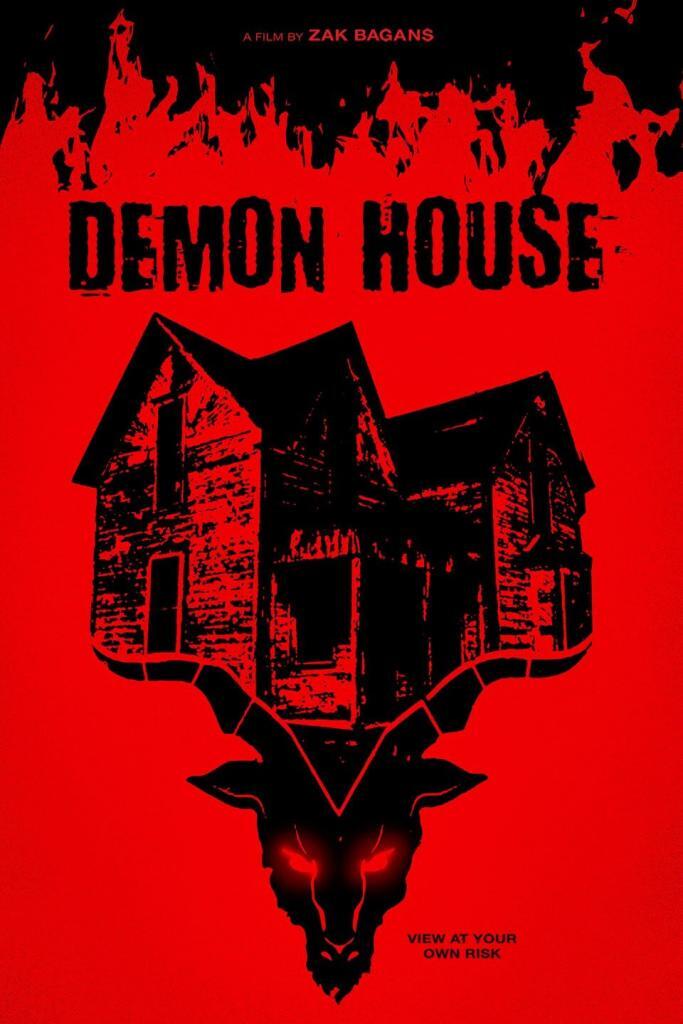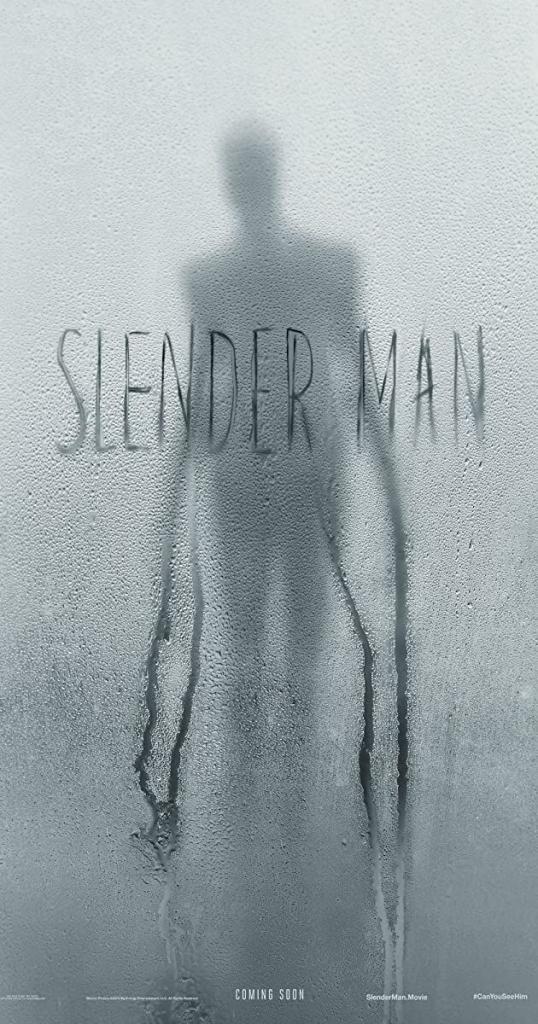You’ve likely seen the Instagram memes about the millennials who go crazy any time a new serial killer documentary drops on Netflix. But have you met the eye-rolling horror fanatics who are eager to tell you that they loved horror documentaries way before they went mainstream? And not just about The Night Stalker or Zac Efron’s version of Ted Bundy, but also the demon house, killer clown, and paranormal investigation that didn’t make the news. These chilling tales happen every day, and many have been made into terrifying horror documentaries that indulge your passion for true crime while frightening you way more than Making a Murderer or any scary documentary ever has. Why? Because while many horror flicks claim to be “based on a true story” (don’t get us started,) the things that transpire in paranormal documentaries actually happened. Truth is stranger than fiction, and you’ll be kept up at night after you watch the most terrifying horror and paranormal documentaries below.
Demon House

Released: 2018
If you thought the Amityville house was haunted and terrifying, just wait until you watch one of our favorite paranormal documentaries and true crime stories about the Ammon family. This tale of paranormal activity and demonic possession took place only a decade ago in Indiana, and while some had their doubts about the Ammon family’s claims of levitation, death threats, and ghostly shadow figures… you can’t ignore the facts of Demon House. Paranormal investigator Zak Bagans shot this documentary on the property, only to have it demolished just two years later due to the terrifying events. Dread Central’s Steve Barton calls Demon House “one of the single most compelling horror documentaries on the existence of the supernatural that I’ve ever witnessed,” and Puzzle Box Horror definitely agrees.
Beware the Slenderman

Released: 2016
Slenderman, the infamous creepypasta character with mile-long limbs and no face, stepped out of the shadow of internet forums and into the spotlight with this documentary – and the crime that inspired it. Remember the two 12-year old girls from Wisconsin who stabbed their friend 19 times in 2014, only to say that it was an order from the Slender Man? This documentary tells you all the details of that horrifying day – with interviews, creepy footage, and background on the Slenderman. How did he go from being a supernatural, suit-wearing stalker that only lived on internet forums, to one of the most terrifying fictional monsters of the 2010’s? They aren’t kidding when they say that the internet is a scary place!
Cropsey

Released: 2009
Without giving too much away, anybody who has seen Cropsey knows that it’s not a supernatural tale in its entirety. It’s also a bit confusing – mixing true crime with the paranormal to leave you wondering who is the true villain in this tale. Is it Cropsey, the boogeyman-like urban legend of Staten Island that people used to scare their kids into being good? Or Andre Rand, the real-life version of the monster who began kidnapping kids and causing terror left and right? This is one of the best horror documentaries that was made before Netflix and Hulu started pumping them out on a regular basis, and you’ll want to watch it five more times just to get every last detail.
Hostage to the Devil

Released: 2016
Exorcism stories aren’t exactly new in the horror genre. There’s only about a million horror movies about possessed children and the priests who try to free them. But horror documentaries about real-life exorcisms in which the devil literally locks you in a room for days on end? That’s a little more rare, and exactly why you need to watch Hostage to the Devil on Netflix. Based on the book of the same name, this terrifying documentary shares the details of a battle between good (okay, this is debatable) and ancient evil as they fight for the soul of a possessed child. After you watch the documentary, be sure to start Googling all the extra details that didn’t make it on your screen. You’ll never be able to watch horror movies about exorcisms the same way again.
My Amityville Horror

Released: 2012
Amityville isn’t just your typical haunted house story, it’s the demon house story. Any real horror fan knows the tale of the original demon house – how Ronald DeFeo Jr. murdered his entire family in cold blood, one year before the Lutzes moved in and went running after experiencing insane amounts of paranormal activity and ghostly events. There has been an entire lineup of horror movies (and a lot of skepticism) in the decades since the Lutzes ran for their lives, but there’s something that sets My Amityville Horror apart. It features Daniel Lutz, the oldest member of the family who experienced these horrific events in the demon house firsthand. While he stayed silent for nearly 40 years, he doesn’t hold back in this documentary about America’s most famous haunted house, and you’ll have chills running down your spine with every word he speaks.
Killer Legends

Released: 2014
If you loved reading the Scary Stories to Tell In The Dark book series as a child (and who didn’t?), then you’re going to love Killer Legends. Ghosts, demon houses, and serial killers all come together with this documentary that dives into the real-life origins behind the world’s most famous urban legends. You know – the murderous mental patient with a hook for a hand, the killer clown, the babysitter who gets a call coming from inside the house. Some are paranormal, and some aren’t… but each one will give you a glimpse of real-world terror that brings back major memories of telling these stories around the bonfire. This is the meta scary documentary if you are looking for variety.
Horror Noire: A History of Black Horror

Released: 2019
“Delving into a century of genre films that by turns utilized, caricatured, exploited, sidelined, and finally embraced them, Horror Noire traces the untold history of Black Americans in Hollywood through their connection to the horror genre.” Perhaps one of the most modern horror documentaries on this list, Horror Noire: A History of Black Horror features a lineup of Black horror enthusiasts (including scholars like Tananarive Due and creators like Jordan Peele) to tell the story of Black Americans in a supernatural world. While it’s less scary and more informative, this eye-opening documentary will help you see films like Get Out and Blacula in a whole new way. Grab your popcorn and save up all your mental energy, because you’re going to need it for this mind-blowing horror documentary.
The Nightmare

Released: 2015
Sleep is an escape from the horrors of everyday life, right? Not when you have sleep paralysis, a terrifying condition that makes you unable to speak, move, or have any control over their body while waking up or falling asleep. The lack of control is frightening enough, as it’s the foundation in which we live our lives – but what do you do when you start imagining ghosts, shadow figures, and supernatural beings in the corner of your bedroom when you can’t move a muscle? That’s exactly what you’ll discover with The Nightmare, a mix of real-world and supernatural horror that interviews those with sleep paralysis to discover the terrifying worlds they’ve created in their minds. You’ll never want to fall asleep again after watching this horrifying documentary, and we mean that literally.
A Haunting in Connecticut

Released: 2002
No, we’re not talking about the super underrated 2009 scary documentary The Haunting in Connecticut… as this 2002 documentary told the ghost story from your living room first. The Snedeker family moves to Connecticut and finds a beautiful house that they think is a major steal, only to discover that it used to be a funeral home as they experience terrifying visions and paranormal activity from every corner of the property. Awesome. Unlike the movie, this paranormal documentary details how the family called in expert ghost hunter Ed and Lorraine Warren (of The Conjuring fame) to rid the house of demons. Like most demon house stories, the Snedekers haven’t gone without a bit of skepticism… but this is a tried-and-true ghost story that any paranormal lover will love watching on a Friday night.
The Enfield Poltergeist

Released: 2002
Even the Brits have their ghosts and supernatural fixtures, and The Enfield Poltergeist is definitely proof. Back in 1970’s London, two young sisters started acting strangely – and that was just the beginning of it. There was also moving furniture, levitation, shadow figures and disembodied voices that many came to believe was a poltergeist. Or in other words, a troublesome ghost that has nothing better to do with its time. As one of the original poltergeist tales, this scary documentary is a must-have for any ghost enthusiast.

I am a lifelong pop culture junkie with immense passion for all forms of art and entertainment. On a typical weekend, I can be found at a concert or musical, chasing ghosts on the Haunted Mansion at Disneyland, or watching way too many makeup tutorials on YouTube.
